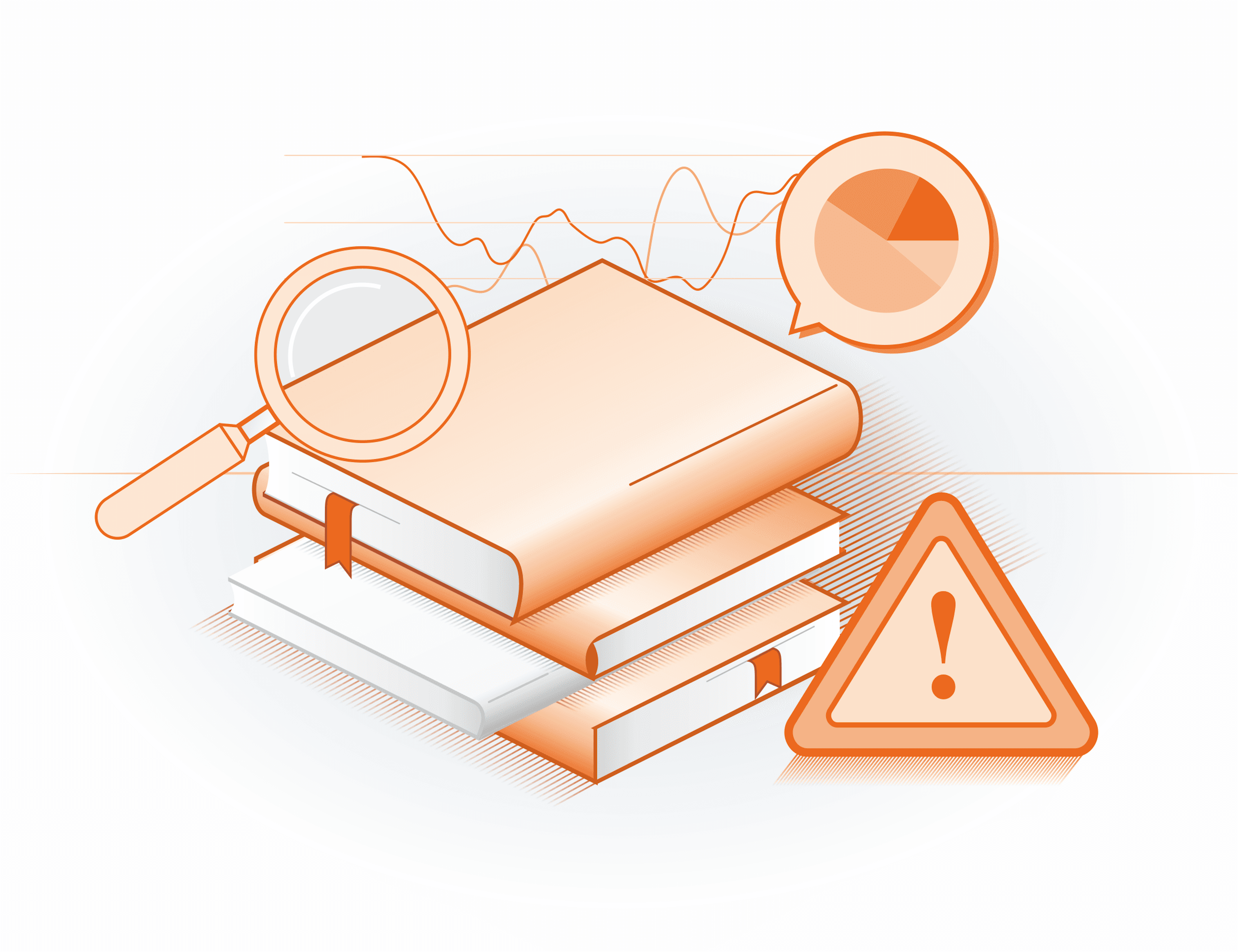Automated Risk Assessment


In today’s digital financial ecosystem, risk management must move faster than fraud. The growing scale of digital transactions in banking, fintech, BNPL, and microfinance has made manual processes insufficient. Automated risk assessment has emerged as a cornerstone of modern decision-making – enabling institutions to evaluate creditworthiness, detect fraud, and streamline onboarding with speed and precision.
Automated risk assessment refers to the use of algorithms, data models, and machine intelligence to evaluate the likelihood of default, fraud, or other forms of financial risk. Unlike traditional assessments that relied on manual document checks or static credit bureau reports, automated methods process a wide range of signals – from device intelligence and behavioral data to transaction histories and alternative data sources.
At its core, the approach aims to answer one question: How much risk does this applicant, transaction, or activity pose to the institution? By automating this evaluation, lenders can reduce decision times from days to seconds while improving accuracy and scalability.
For decision-makers in banking and digital lending, automated risk assessment is not only about operational efficiency – it is a strategic advantage. In high-volume environments such as BNPL or microfinance, even a small percentage of undetected fraud or poorly evaluated borrowers can result in significant portfolio losses.
Automated systems provide:
These capabilities align with the broader industry shift toward real-time credit decisioning and advanced fraud detection in banking.
While the benefits are clear, automated risk assessment also comes with responsibilities. Models must remain transparent, auditable, and compliant with regulations such as GDPR. Over-reliance on opaque algorithms may create reputational or regulatory risks if decisions cannot be explained to customers or supervisors.
Privacy is another key factor. Risk systems must be designed around non-personal and responsibly sourced data to protect customer trust while maintaining compliance. JuicyScore, for example, focuses on device intelligence and behavioral analytics – avoiding sensitive personal data while providing high-precision risk indicators.
The evolution of fraud tactics – from synthetic identities to large-scale bot traffic – ensures that automated approaches will remain essential. Future models will integrate not only structured financial data but also signals from digital devices, networks, and session behaviors. The result is a more holistic view of customer risk that supports both fraud prevention and inclusive lending.
For institutions, the strategic imperative is clear: those that adopt automated risk assessment early will be better positioned to protect portfolios, scale customer acquisition, and comply with increasing regulatory scrutiny.
Get a live session with our specialist who will show how your business can detect fraud attempts in real time.
Learn how unique device fingerprints help you link returning users and separate real customers from fraudsters.
Get insights into the main fraud tactics targeting your market — and see how to block them.
Phone:+971 50 371 9151
Email:sales@juicyscore.ai
Our dedicated experts will reach out to you promptly